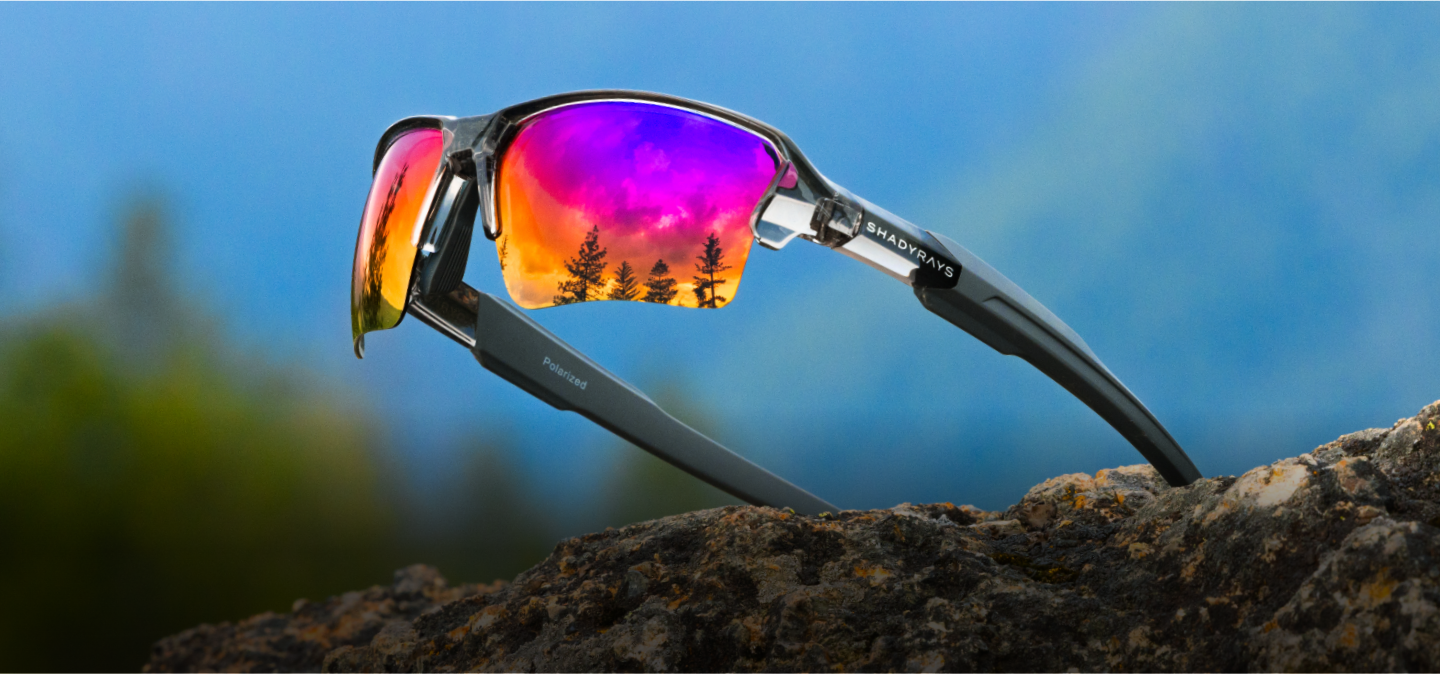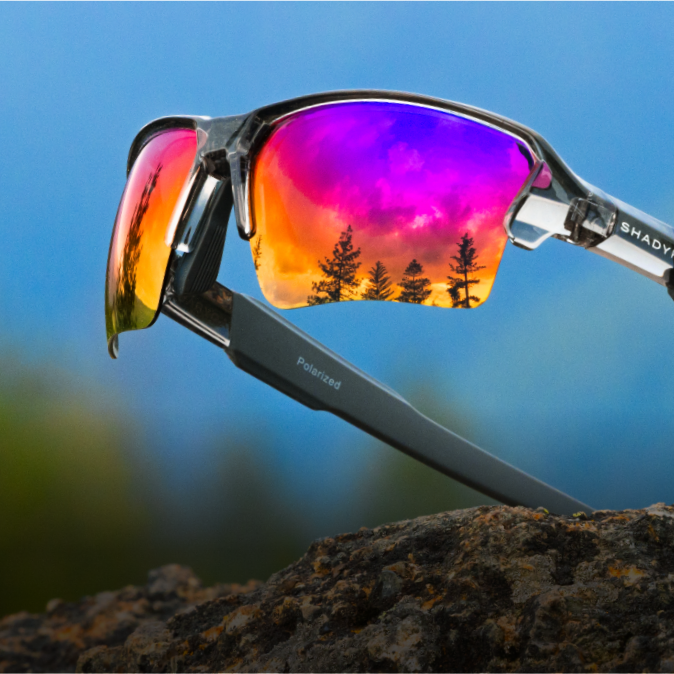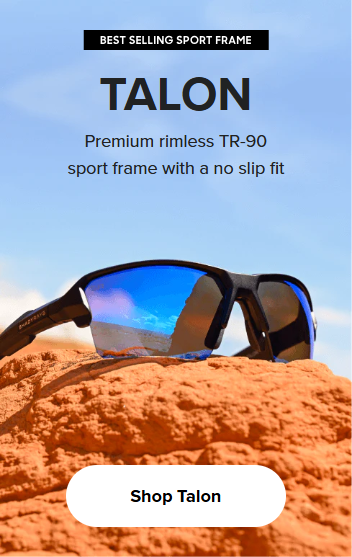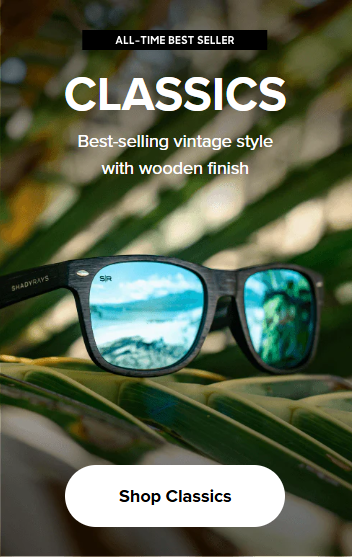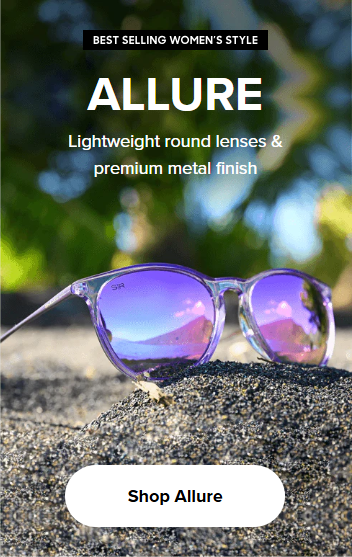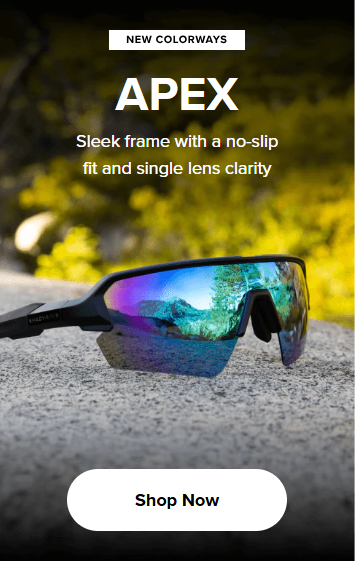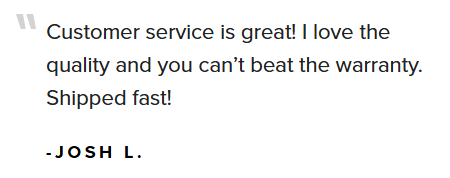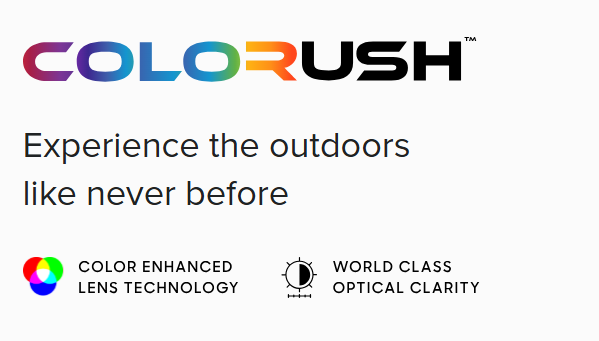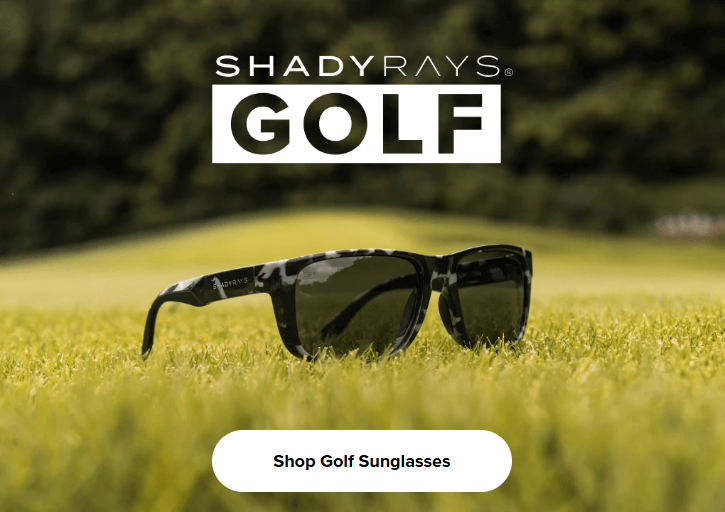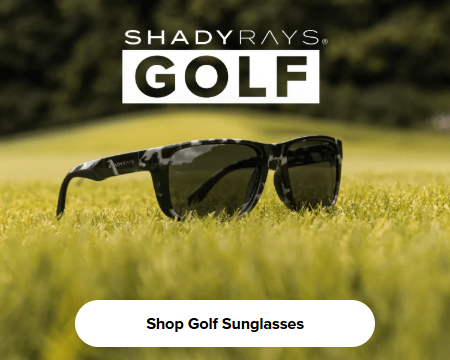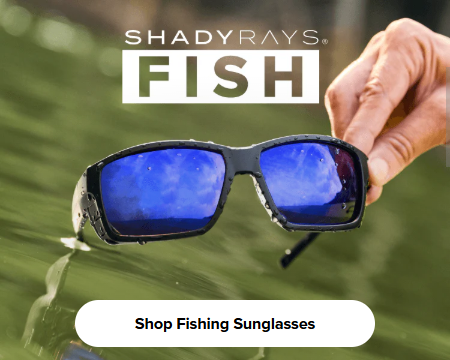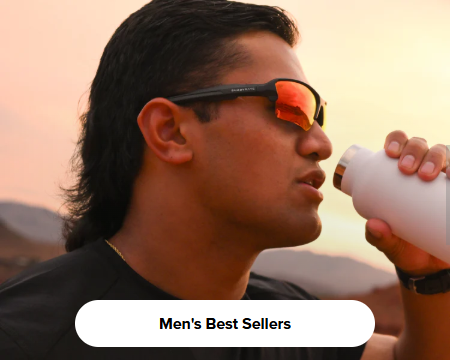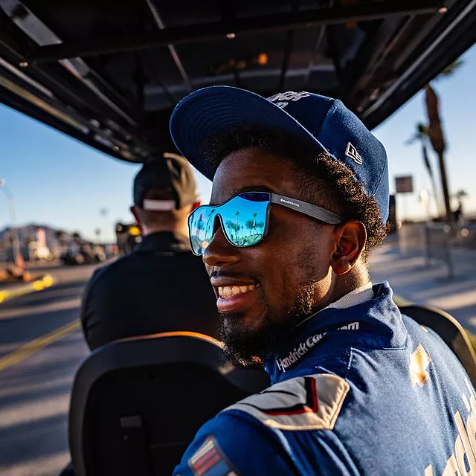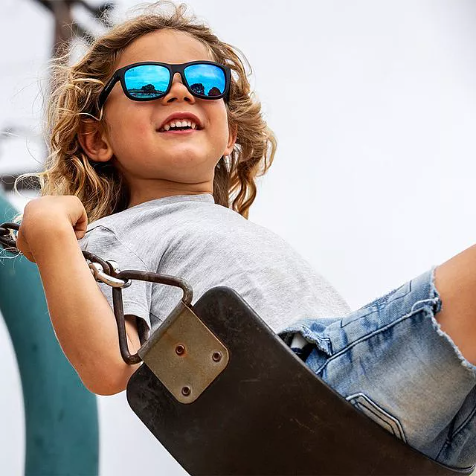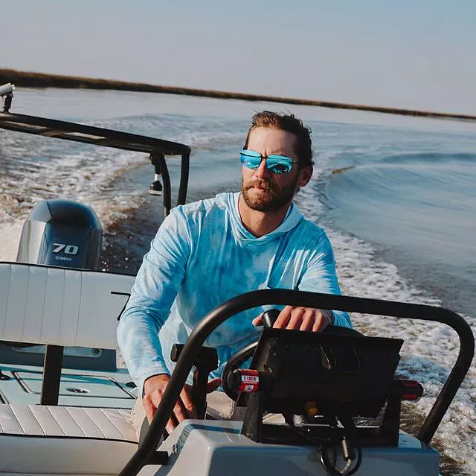LOSE OR BREAK THEM?
We replace them.

Classic Recommendation.
The Indispensable Barrier: A Deep Dive into the Science and Significance of Protective Eyewear
In the vast ecosystem of safety equipment, from hard hats to steel-toed boots, there is one item whose size belies its monumental importance: the humble piece of protective eyewear, be it a pair of sleek safety glasses or a robust set of sealed goggles. These transparent shields are the frontline defense for one of the body’s most sensitive, irreplaceable, and mission-critical organs—the human eye. Without the gift of sight, the simplest tasks become insurmountable obstacles, and the quality of life suffers an irreversible decline. Yet, despite this self-evident necessity, protective eyewear is often the piece of gear most commonly neglected, forgotten, or reluctantly worn, a fact that is tragically reflected in occupational injury statistics worldwide. To truly appreciate this indispensable barrier, one must understand its history, the science behind its construction, the diverse environments it is designed to conquer, and the compelling psychological and practical arguments for its consistent use.
The concept of protecting the eyes from physical harm is not new, but the evolution from primitive shields to highly engineered polymers is a fascinating story of necessity driving invention. Early forms of eye protection were rudimentary, used by smiths and miners, often involving simple mesh or leather flaps. The modern era of safety eyewear truly began in the early 20th century, catalyzed by the intense industrial growth and the devastating eye injuries resulting from shrapnel and flying debris in factories. Early safety glasses adopted the basic frame design of prescription spectacles but utilized stronger materials like hardened glass. However, these were often heavy and prone to shattering into sharp fragments upon significant impact. The real breakthrough came with the introduction of new materials: first, laminated glass, and later, polycarbonate and Trivex plastics. Polycarbonate, in particular, revolutionized the industry. This thermoplastic polymer is incredibly strong, offering impact resistance many times greater than glass or standard plastic, yet it remains lightweight and optically clear. This material innovation allowed manufacturers to create eyewear that could withstand a significant blow without splintering, effectively absorbing the energy and protecting the delicate structure of the eye beneath.
The performance of modern protective eyewear is governed by strict, internationally recognized standards, the most notable being those set by organizations like ANSI (American National Standards Institute). These standards ensure that a piece of equipment marked as “safety rated” can withstand specified high-mass and high-velocity impacts. This testing regimen is critical; it separates a pair of casual sunglasses from true protective gear. For instance, testing involves firing a small steel ball at high speed directly at the lens. For safety glasses to pass, the lens must not crack, break, or dislodge from the frame. For goggles, the requirements are often even more stringent, requiring seals against dust and liquid splash. This rigorous science behind a seemingly simple piece of plastic is what provides the fundamental guarantee of protection, transforming the eyewear from a simple accessory into a certified piece of life-saving equipment.
The vast range of protective eyewear styles speaks to the diversity of hazards present in modern life, extending far beyond the typical construction site. Safety glasses, with their side shields, offer primary protection against projectiles from the front and peripheral glances. They are the standard for most workshop, laboratory, and light manufacturing environments. Goggles, however, are designed for environments where the hazard is not just solid debris but also liquids, fine dust, and chemical vapors. Their fully sealed frame creates a protective barrier around the entire orbital area, often featuring indirect venting systems to prevent fogging while still blocking splashes. This difference is critical: a simple pair of safety glasses cannot protect against a corrosive liquid splash that could easily seep in from the top or sides. Beyond mechanical impact and splash, specialized eyewear addresses other invisible threats. Welding helmets and shields are designed to filter out intense visible light, ultraviolet (UV), and infrared (IR) radiation, which can cause arc eye or permanent retinal damage in milliseconds. Similarly, protective eyewear for medical and dental professionals incorporates specialized tints or lasers to block the specific wavelengths emitted by curing lights and lasers, safeguarding the practitioner’s long-term vision.
The necessity of proper eye protection is underscored by the sobering statistics of eye injuries. The vast majority of these incidents, whether in the workplace or at home, involve small particles striking the eye, often traveling at high speed. Experts estimate that a staggering percentage of all workplace eye injuries could be prevented simply by wearing appropriate safety equipment. These injuries are costly, not just in terms of healthcare and lost wages, but in the profound, personal cost of permanent vision impairment. The simple act of putting on a pair of glasses or goggles represents a proactive step in risk management, an investment that yields infinite returns. It is a commitment to personal longevity and professional responsibility.
The challenge of ensuring consistent usage often lies in the human factors: comfort and compliance. Historically, protective eyewear was bulky, ill-fitting, and prone to fogging, creating discomfort and visual impairment that led workers to remove them, even momentarily. Modern manufacturers have responded to this with tremendous ergonomic and material science advancements. Contemporary designs incorporate soft nose pieces, adjustable temple lengths, and lightweight frames that distribute pressure evenly. Furthermore, anti-fog coatings are a standard feature, often using hydrophilic materials that prevent water vapor from coalescing into vision-obscuring droplets. By addressing these comfort issues, compliance rates improve significantly, transforming the eyewear from a necessary evil into a comfortable, almost unnoticeable part of the daily uniform.
Moreover, the psychological effect of high-quality protective gear cannot be overstated. When eyewear fits well, remains clear, and offers a wide field of vision, it instills confidence in the user. This confidence allows workers to focus on the task at hand rather than worrying about the integrity of their protection, ultimately leading to safer, more productive work practices. In environments ranging from woodworking and laboratory chemistry to industrial maintenance and home improvement projects, the ability to work with confidence and clarity is invaluable. The safety goggle, therefore, is not just a shield; it is an enabler of focus and efficiency.
Finally, the discussion of protective eyewear must extend beyond the professional setting and into the home. Many severe eye injuries occur during common household tasks: grinding, cutting wood, mowing the lawn, or working with potent cleaning chemicals. The principles of protection remain identical. A basic pair of safety glasses is a small, inexpensive investment that belongs in every garage, workshop, and utility closet. The habit of donning this gear must become automatic, a critical component of preparing for any task that involves flying debris, dust, or chemicals. The long-term preservation of sight is one of the most critical health goals, and in the daily drama of preventing accidents, the simple, transparent piece of plastic that shields the eye is the undisputed, unsung hero of personal safety.
